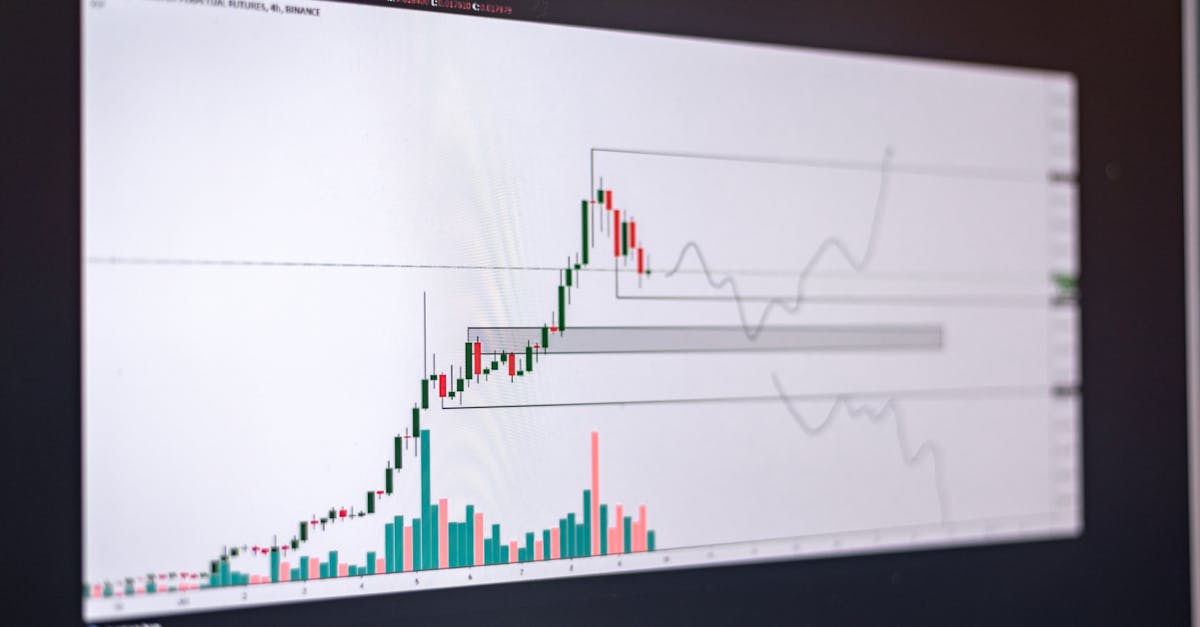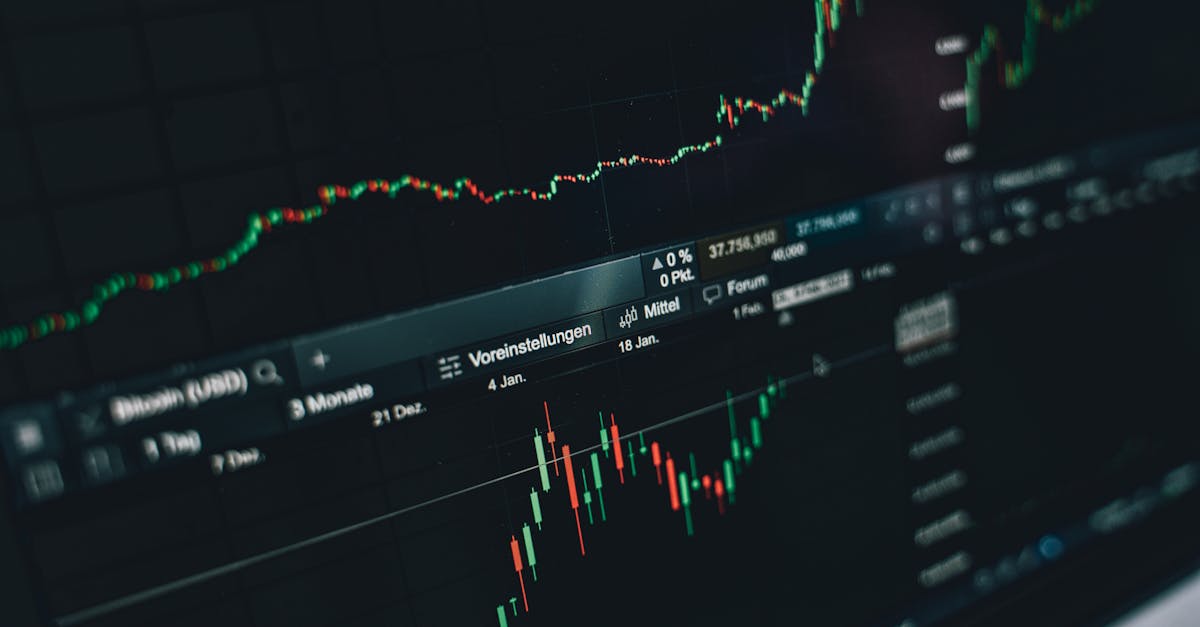Fiscal Future Flashpoints 2026
Introduction
Fast forward to 2026, and the global economy stands at a crossroads, teetering on the edge of profound transformation. Fiscal policies across nations are under pressure as economic growth and sustainability become more challenging than ever. The events leading up to this juncture hint at both familiar issues, such as inflation and debt, and emerging concerns like digital currency regulations and climate finance. Understanding these flashpoints is essential for policymakers and stakeholders. As we delve into recent fiscal developments, the pressing question is whether governments can navigate these turbulent times and lay groundwork for robust economic stability. This article explores the anticipated fiscal flashpoints for 2026 and their potential impact.
Advertisement
Rising Global Debt Levels
The year 2026 sees countries grappling with unprecedented debt levels exacerbated by past financial crises, pandemics, and geopolitical tensions. Many nations are borrowing heavily to maintain economic stability, but mounting interest and shrinking fiscal space loom large. Increased public debt raises the specter of possible defaults, sparking concerns in global markets. Countries must balance stimulating growth while ensuring debt remains manageable, a delicate dance to ward off fiscal meltdowns. The International Monetary Fund (IMF) and World Bank face mounting pressure to assist debt-ridden nations, a role sparking debates on intervention and autonomy. It's a future where debt management strategies are pivotal to economic health.
Advertisement
Climate Change and Economic Policy
The fiscal impacts of climate change are becoming irrefutable, with 2026 marking a turning point. Sea level rise, natural disasters, and shifts in agriculture stress national budgets. To combat these challenges, nations are incorporating green finance into their fiscal policies, targeting sustainable growth initiatives and shifting subsidies towards renewable energy. Governments face pressure to meet global climate commitments, spearheading multi-billion dollar investments in green infrastructure. Balancing short-term economic demands with long-term sustainability becomes pivotal. As disasters increase in frequency and severity, preemptive financial planning for climate adaptation is recognized as an economic necessity rather than an environmental choice.
Advertisement
Innovation in Digital Currency
As 2026 approaches, digital currencies have moved beyond novelty, becoming integral to global finance. Central Bank Digital Currencies (CBDCs) are mainstream tools, promising efficiency but posing regulatory challenges. The rise of decentralized finance (DeFi) and cryptocurrencies further complicates fiscal landscapes. This era calls for reinventing taxation, anti-money laundering measures, and consumer protection without stifling innovation. Navigating this new digital era requires collaboration among international regulators, private entities, and technology experts. As digital currencies play a central role in fiscal strategies, they promise both unprecedented economic opportunities and risks.
Advertisement
Inflationary Pressures and Interest Rate Adjustments
Persistent inflation remains a headline issue in 2026, as supply chain recuperation from past disruptions lags and demand outpaces supply. Central banks face pressure to manage inflation without crippling economic growth through drastic interest rate adjustments. Balancing monetary policy involves fine-tuning interest rates that can stabilize inflation without triggering recessions. However, missteps in interest rate policies can lead to severe consequences, inspiring debates on monetary independence and governmental interference. As economies grow interconnected, coordinated policy efforts become indispensable to ensure synchronized global economic stability and prevent runaway inflation.
Advertisement
Corporate Tax Reforms
Rising inequality and fiscal deficits prompt countries to overhaul corporate tax systems by 2026. Governments worldwide aim to curb tax evasion and capture fair tax revenues by instituting international tax agreements and closing loopholes. Efforts focus on ensuring multinational corporations contribute equitably to national treasuries, fostering fair competition. Tax reforms aim to reduce disparities, finance inclusive growth, and support infrastructure and social programs. Reactions to reform are mixed, with corporations seeking stability and predictability while navigating new compliance landscapes. In a world becoming increasingly digital, tailoring tax frameworks becomes a critical fiscal strategy.
Advertisement
Reshaping Global Trade Dynamics
Trade policies undergo significant reevaluation by 2026 as countries revisit partnerships in pursuit of economic resilience. Past protectionist tendencies prompted trade disruptions with lingering effects on global supply chains. Acknowledging the importance of reliable trade partnership networks, nations prioritize regional trade agreements and sustainable sourcing practices. Trade balances are shifting as countries adapt to emerging market demands and industry trends. Efforts to harmonize regulations, sanction fair trade practices, and promote transparency mark the era's trade policy reforms. The evolution of interdependent trade systems poses unique challenges and opportunities for fiscal policymakers.
Advertisement
Healthcare Expenditure and Economic Stability
Healthcare emerges as a pivotal fiscal element in 2026, with aging populations and emerging disease threats putting unprecedented demand on health systems. Nations prioritize investments in healthcare infrastructure and innovation to ensure sustainability. Rising healthcare costs require strategic public spending and private sector collaboration to ensure accessibility and efficiency. Debates on funding universal healthcare systems and optimizing cost allocations dominate fiscal discussions, challenging policymakers to balance quality, affordability, and sustainability. The link between health and economic productivity becomes clearer, underscoring healthcare investment as a catalyst for economic growth.
Advertisement
The Rise of Automation and Workforce Evolution
Automation and AI technologies redefine labor markets by 2026, impacting employment levels and wage structures. As automation permeates industries, the need for upskilling workforce becomes critical to prevent job displacement and ensure economic dynamism. Governments focus on education system reforms, skills development, and labor market policies to adapt to technological shifts. Addressing inequality caused by technological advancements becomes imperative in maintaining social stability. By investing in education and lifelong learning, nations aim to empower workers with the skills required to thrive in the automated economy. As people and machines coexist, reimagining workforce dynamics remains a fiscal imperative.
Advertisement
Conclusion
The fiscal flashpoints of 2026, from rising debts to digital currencies, emphasize the complex interplay of global economic policies. Tackling climate change, harnessing the potential of innovation, and reshaping trade dynamics are challenges that await. Navigating these issues requires delicate balancing and robust cooperation among nations to ensure economic resilience. As the world enters this transformative era, vigilance and proactive policies will define the fiscal future. Ultimately, a collective approach, informed by past lessons and forward-thinking strategies, is paramount in securing a stable economic landscape.
Advertisement








